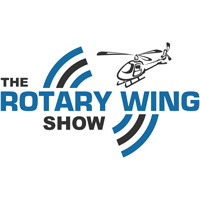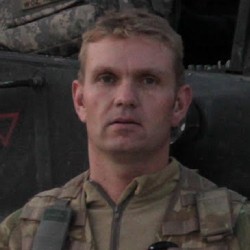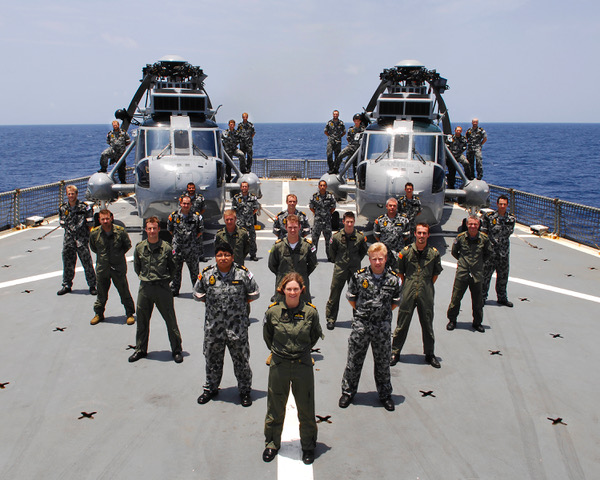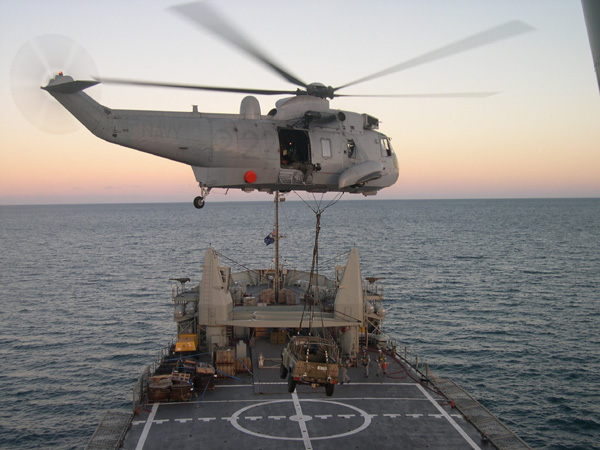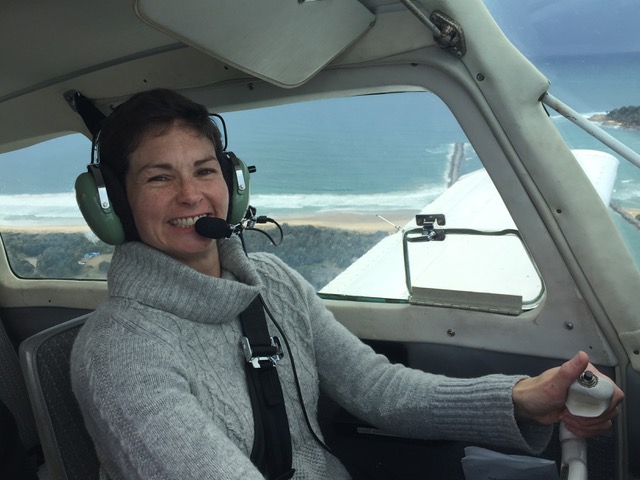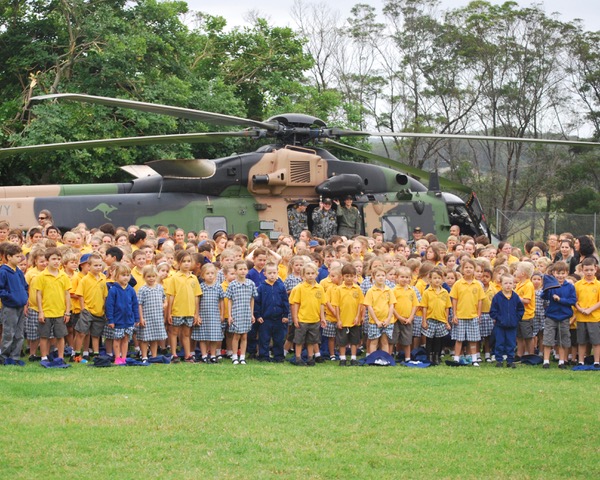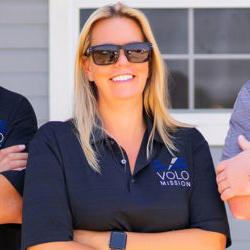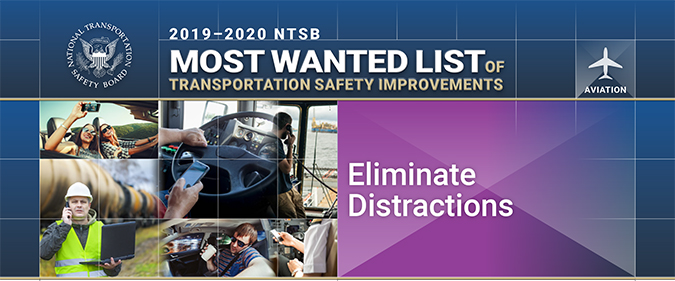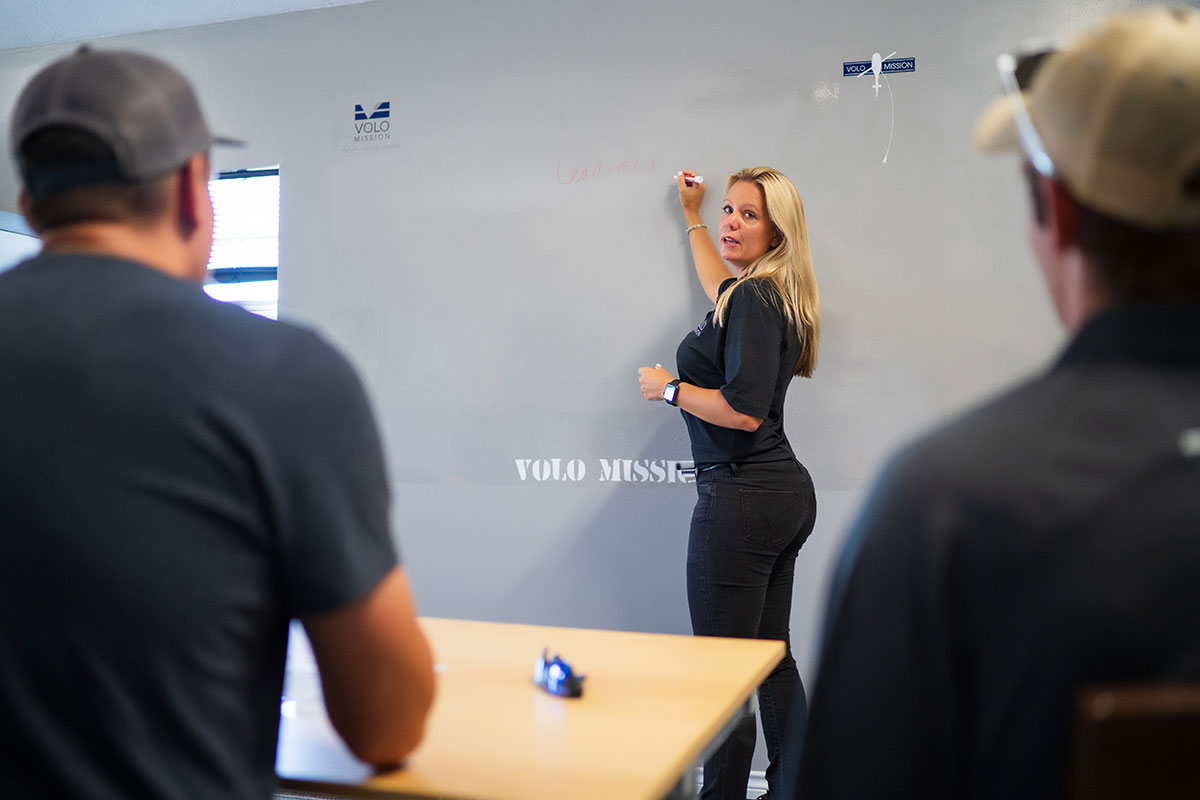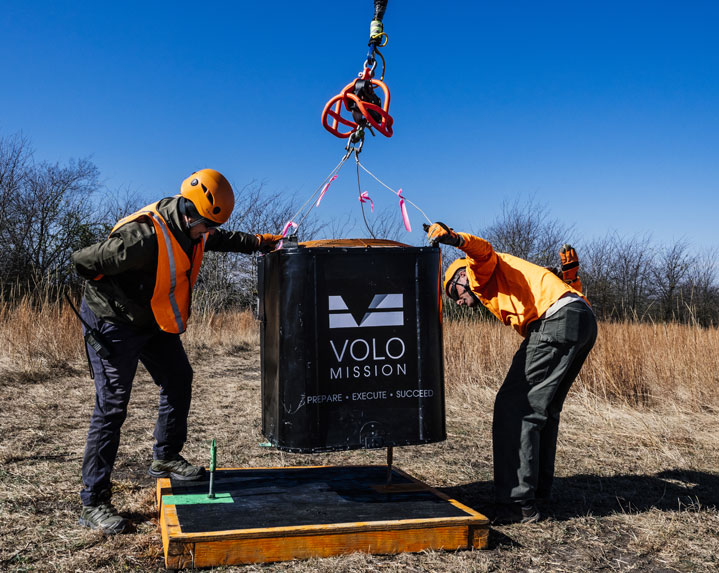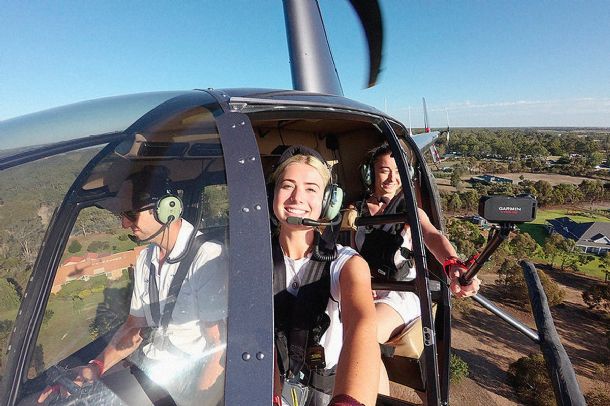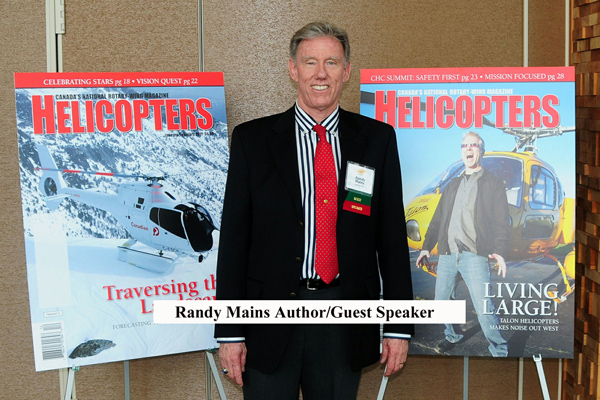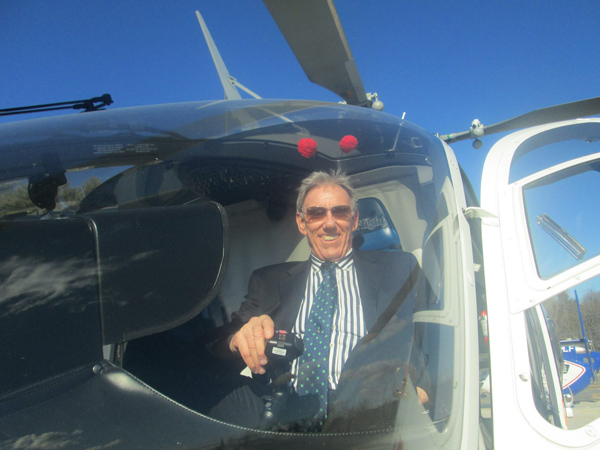Podcast: Play in new window | Download
Subscribe: Apple Podcasts | RSS

You have probably seen the video clip on social media multiple times – a OH-58 comes into land and as it touches down the blades contact another helicopter ground running beside it. Both aircraft are destroyed in spectacular manner but luckily there is no loss of life. In this episode we give a lot more context than you get from the seconds long clip.
There are a handful of helicopter videos that get recycled frequently on social media groups – yes we have all seen the BK117 toe into the steep snow slope to affect a rescue, there is no need to post it as if it is brand new 🙂
One of these video clips is of an accident that occured in 2012 between two Pasadena Police Department OH-58 (Bell 206 similar, in the episode I mistakenly refer to Bell 407) machines. The video clip is only a few seconds long and is a good example of just how quickly things can go wrong in a helicopter. Inevitably after the video is posted on social media the comments start to pile on fast and there are strong opinions thrown around.
Dan Parsons is an airport safety geek and works in the field. I saw his LinkedIn comment some time ago and his write up of the circumstances surrounding the accident and the steps taken afterwards to prevent a recurrence. In this episode Dan and I talk about some of the investigation findings and, very carefully, speculate on some of the factors. The goal here is to learn from others and to try and protect ourselves from getting into the same situation.
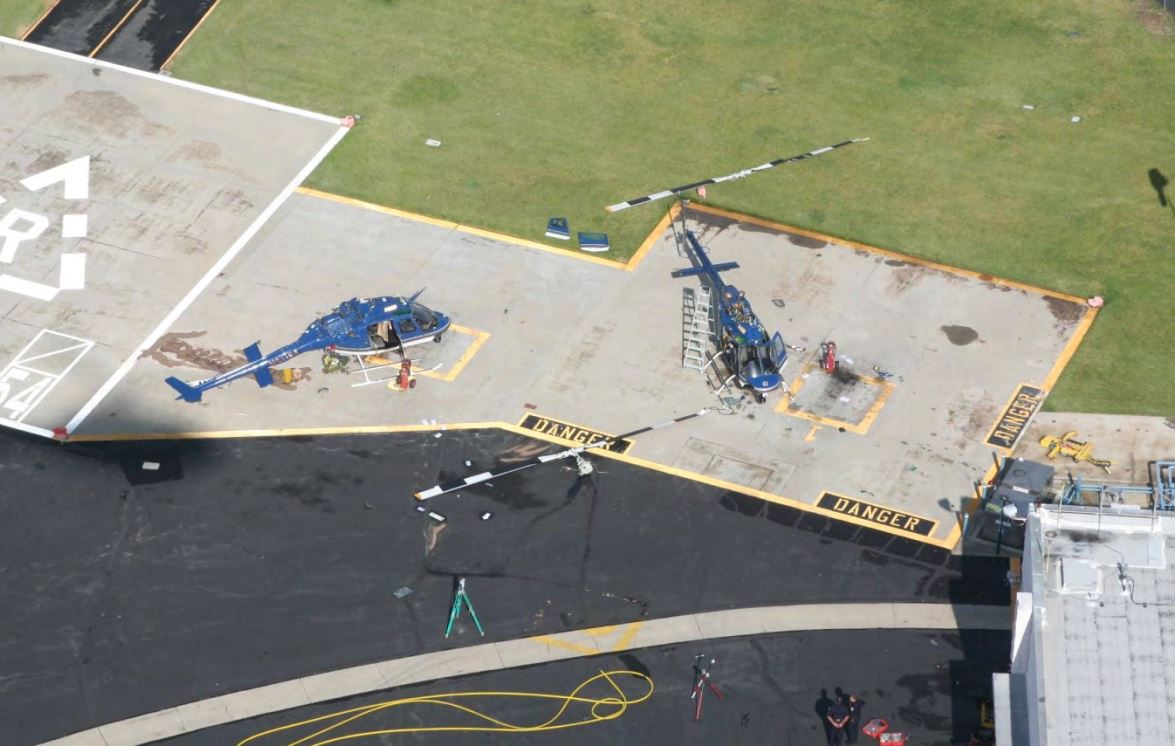
The photo above shows part of the aftermath of the accident and ground markings at the heliport at the time. Compare this to Google Earth imagery now to see the massive reworking of pad locations and marking that happened afterwards as a risk treatment.
Next time you see this clip on social media you will know a lot more of the context and if you can’t help but comment on it, then we can improve the quality of conversation and lessons learnt for all of us.
Podcast: Subscribe in iTunes | Play in new window | Download
Links from this week’s episode:
Support the podcast on Patreon
Accident Review: Pasadena PD Helicopter Collision – Dan’s article
Collection of accident information and photos of the incident
Case Study Risk Identification – this is safety course assignment based on the Pasadena PD 2012 accident with a lot of background information and investigation findings.
What was your biggest takeaway from this episode? Help yourself remember and share it with others by making a comment about it here below.
